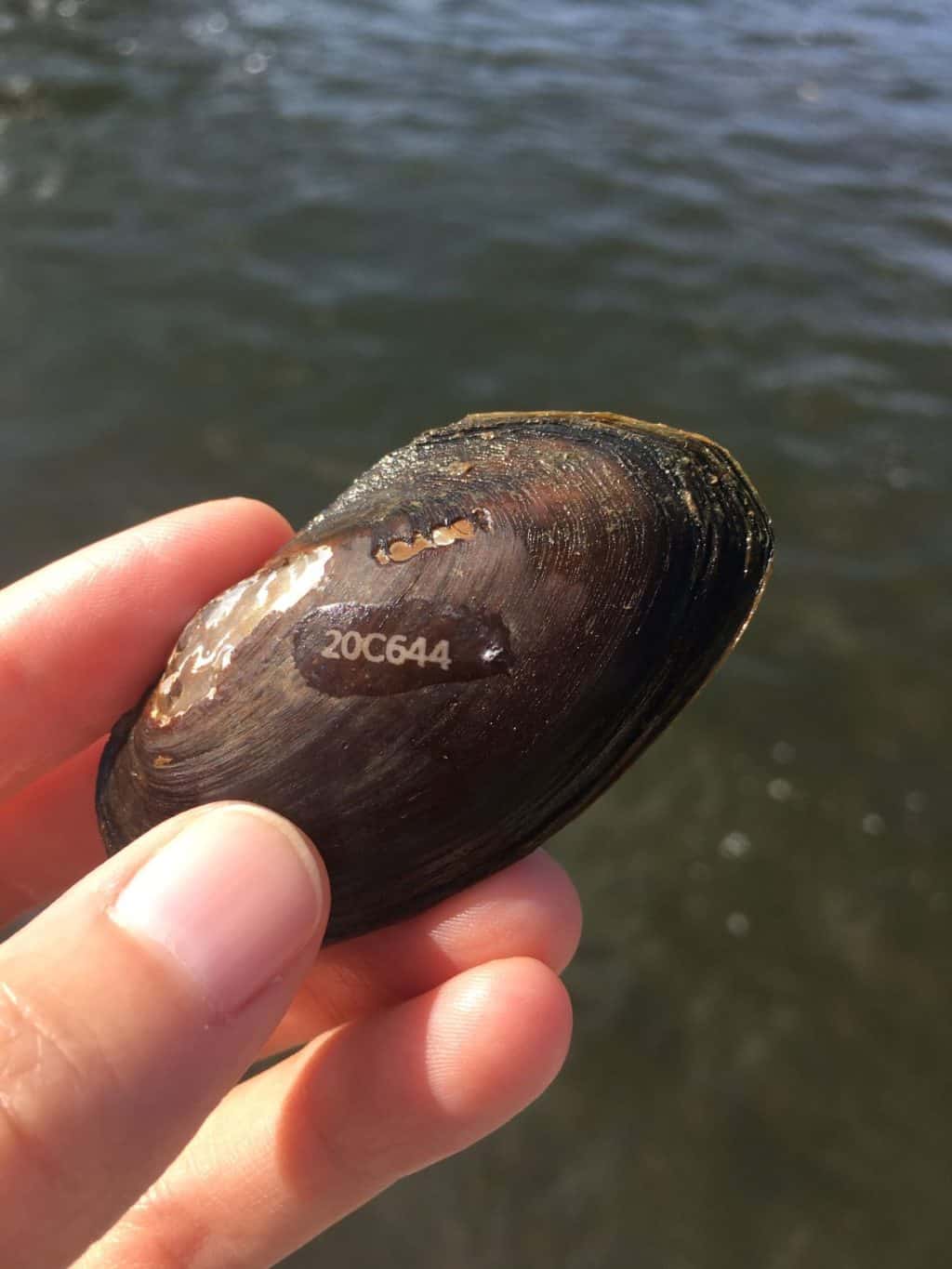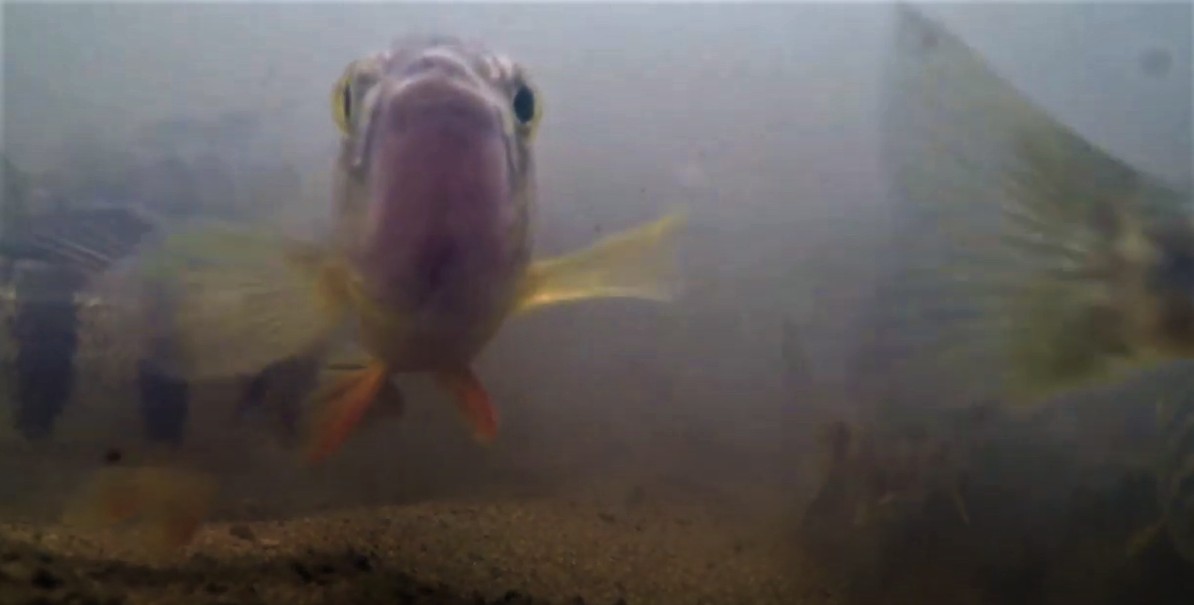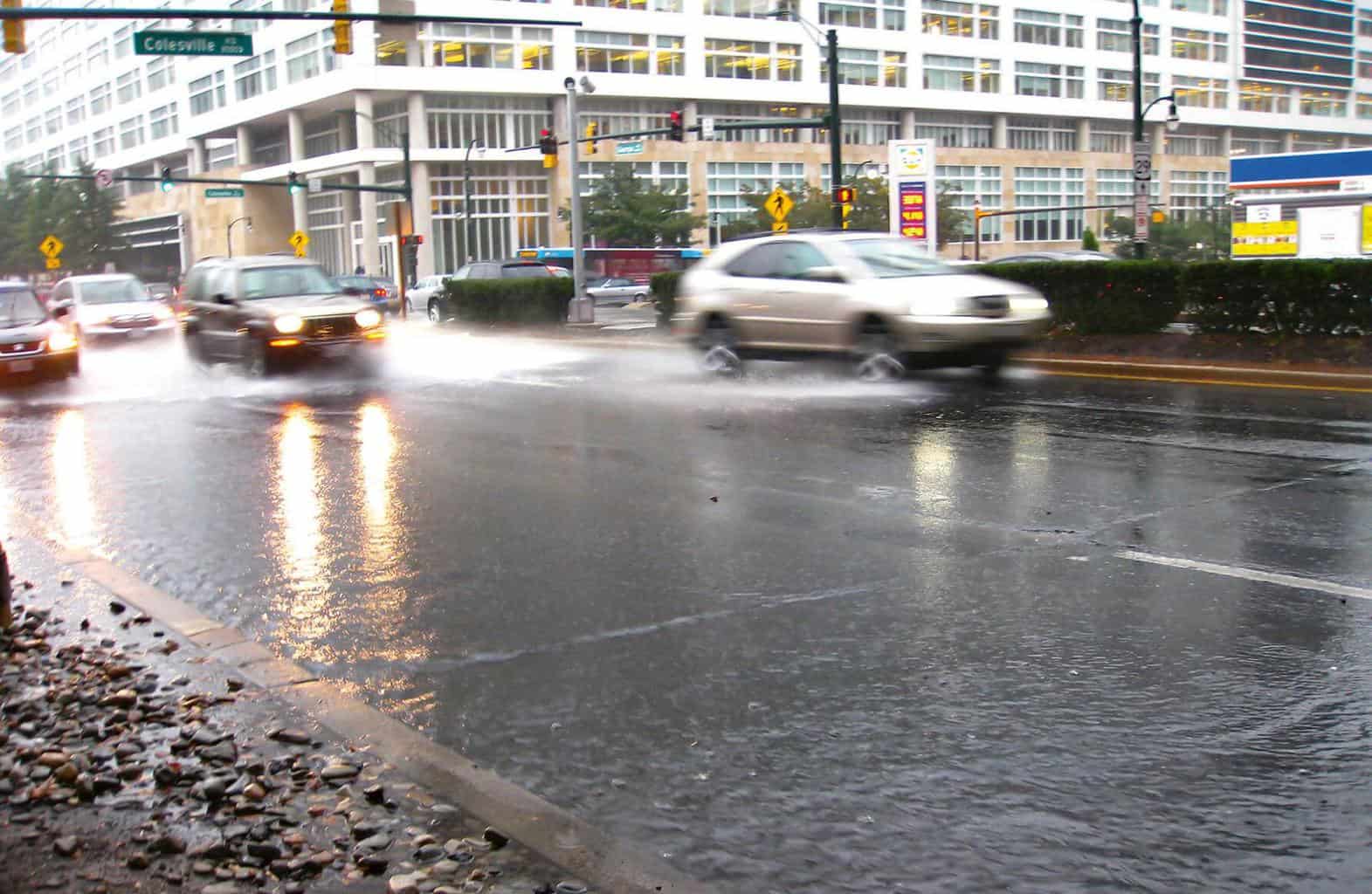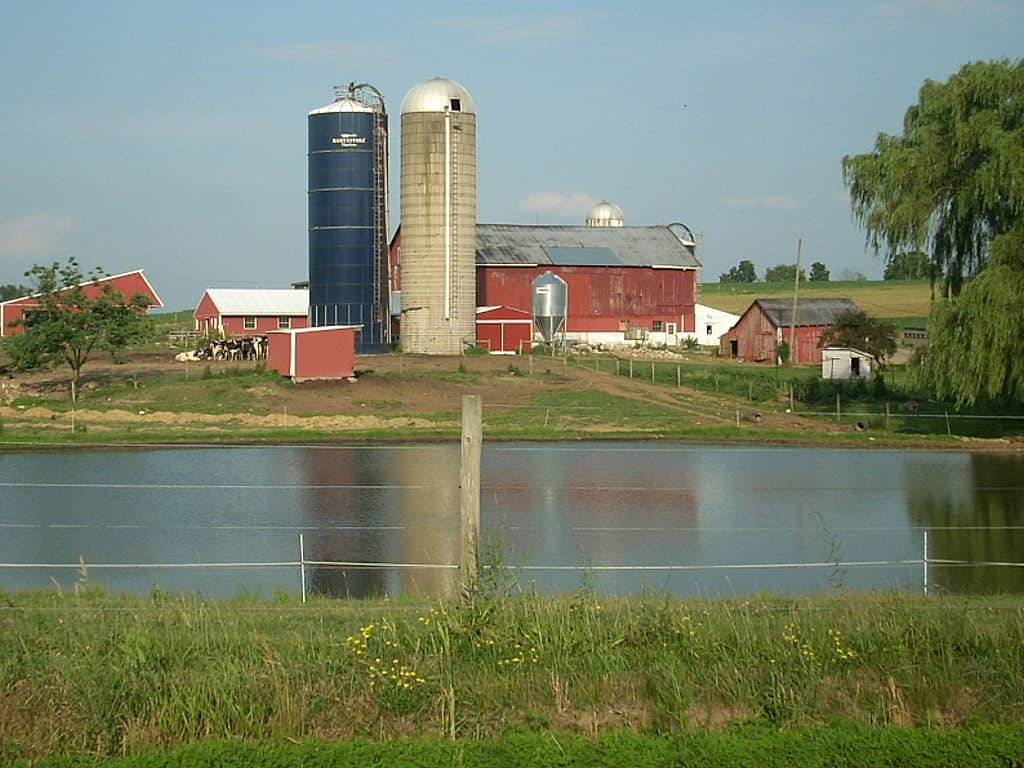On October 23rd, three divers descended into the James River near downtown Richmond, Virginia, each carrying a small bag. These bags were full of freshwater mussels, and the divers were planting them on the river floor.
Like their saltwater cousin the oyster, freshwater mussels provide a number of important benefits to an ecosystem. They improve water quality by filtering out algae and bacteria, create habitats for small plants and animals, and are a food source for people and animals alike.
The divers were part of a project to release over 5,500 freshwater mussels in this part of the James River. Three organizations—the James River Association (JRA), the U.S. Fish and Wildlife Service, and the
Virginia Department of Wildlife Resources—teamed up to make it happen, bringing decades of scientific expertise on mussel restoration to the table.
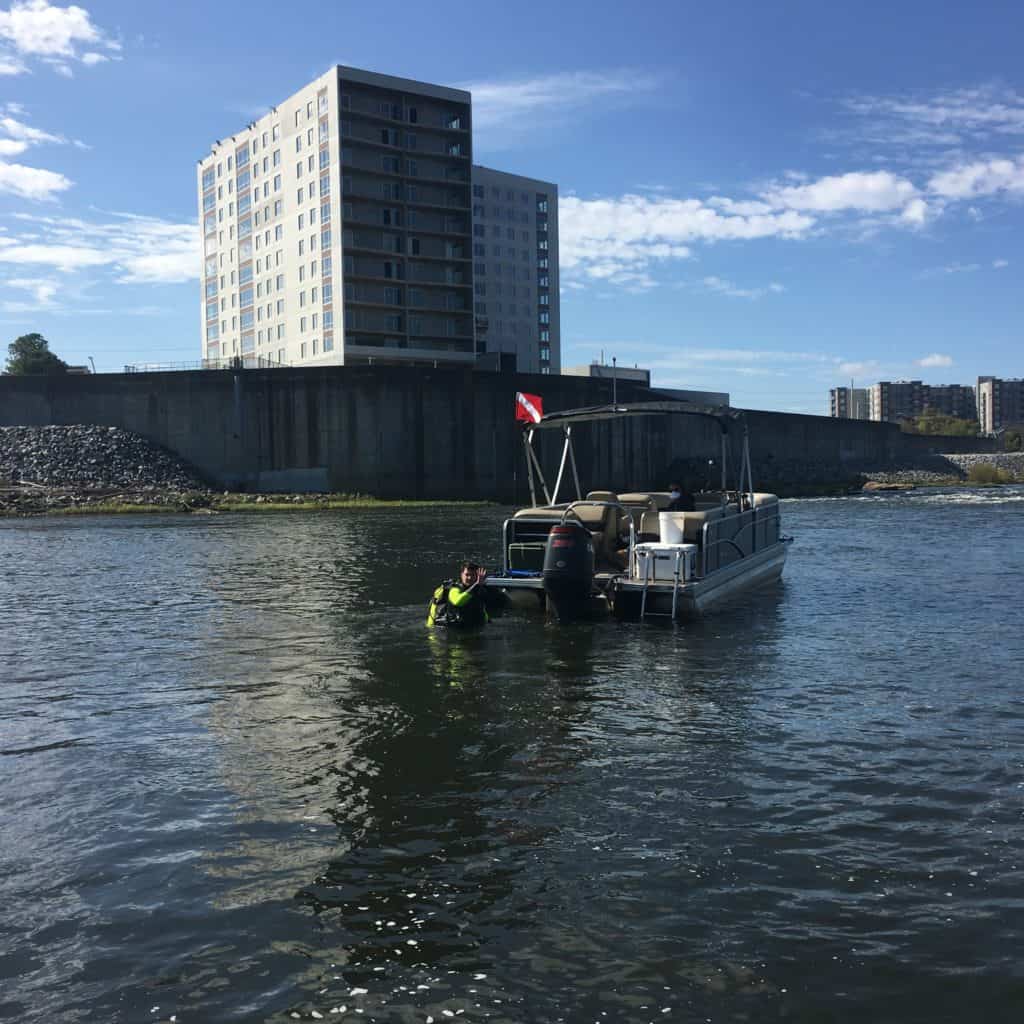
Improving the health of the James River has taken decades of work. In the 1970s, the Allied Chemical Corporation dumped Kepone, a harmful insecticide, directly into the river, causing the James River to be considered one of the most polluted waterways in the country.
Since then, “Richmond has made huge strides,” said Erin Reilly, staff scientist at JRA. “The water quality has improved enough that we think that maybe these mussel populations would be able to survive.”
The freshwater mussel populations declined after decades of pollution and habitat loss. Of the 81 freshwater mussel species found in Virginia, 41 of them are considered endangered or threatened.
In this latest release, two mussel species were planted: the Alewife Floater and the Yellow Lampmussel. The divers planted the Lampmussels by hand, as well as some Floaters with a tag attached the size of a grain of rice. Using these tags, the scientists can monitor mussel migration, growth, and survival.
In addition to planting them by hand, the scientists also scattered them from the surface. Once the mussels sink to the bottom, they can find a spot in the sediment to cling to. Releasing mussels from a boat near downtown Richmond was also an opportunity for passersby to see restoration in action.
This year, JRA released 5,500 mussels near Richmond and another 600 mussels near Lynchburg. They plan to release another 5,000 mussels next year. One of their winter projects is to identify good mussel habitats that could be candidates for planting.
The James River Association is also examining how mussels can support their robust buffer restoration program. If a buffer project is a success, then the JRA could plant mussels in the stream to further benefit the ecosystem.
There is still plenty of work to be done. In 2019, the James River received a B- grade for its river health and river restoration progress. Freshwater mussel planting can be a big part of helping get the James River to an A grade by 2025.
“The more that we can do this,” Reilly explains, “the better the water quality, the more mussels you can support, which improves the water quality again.”
-Emma Johnson

